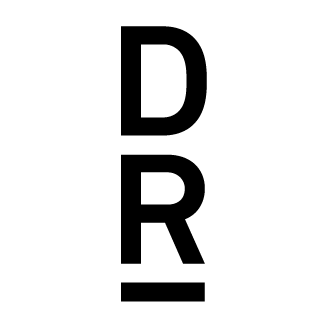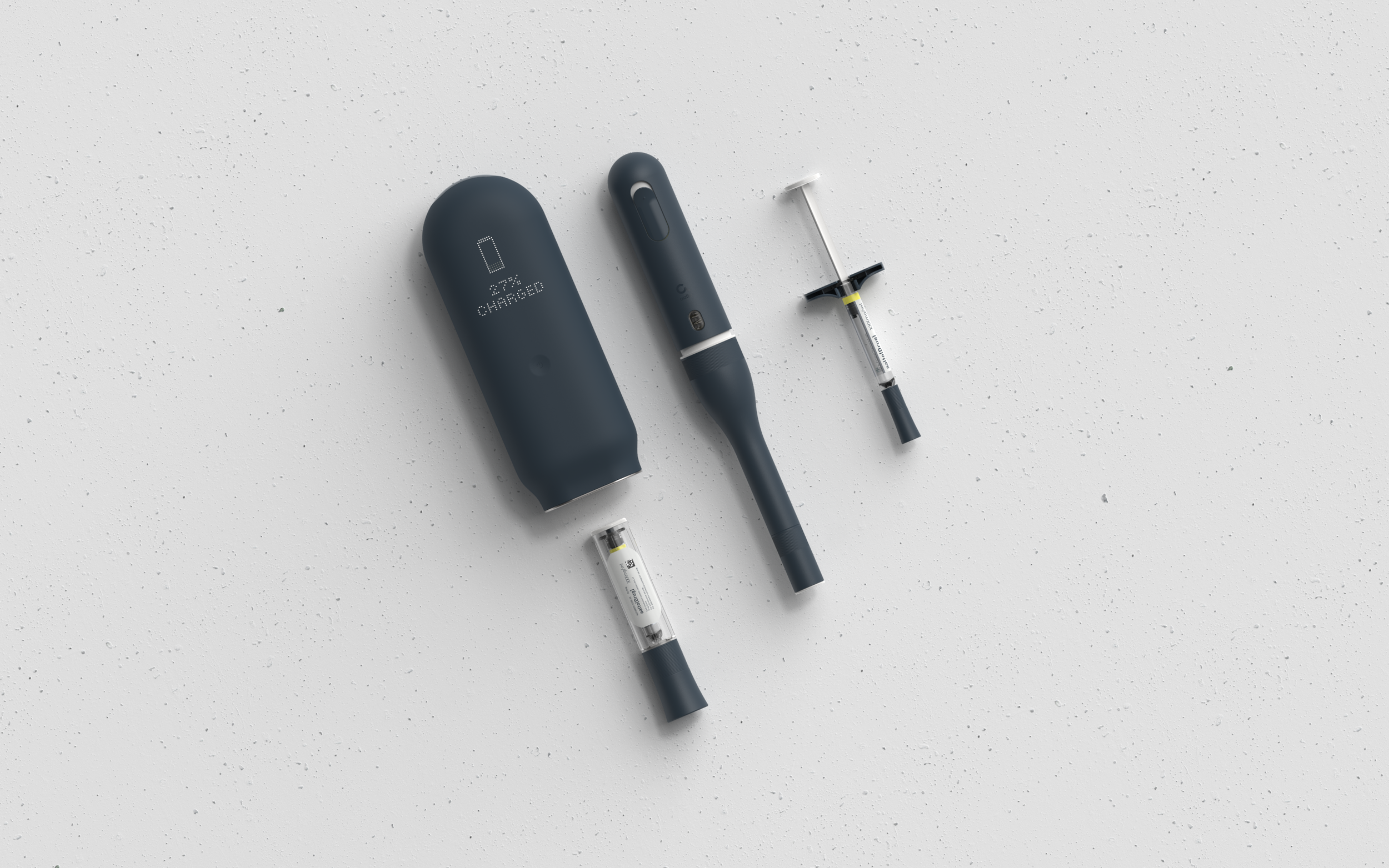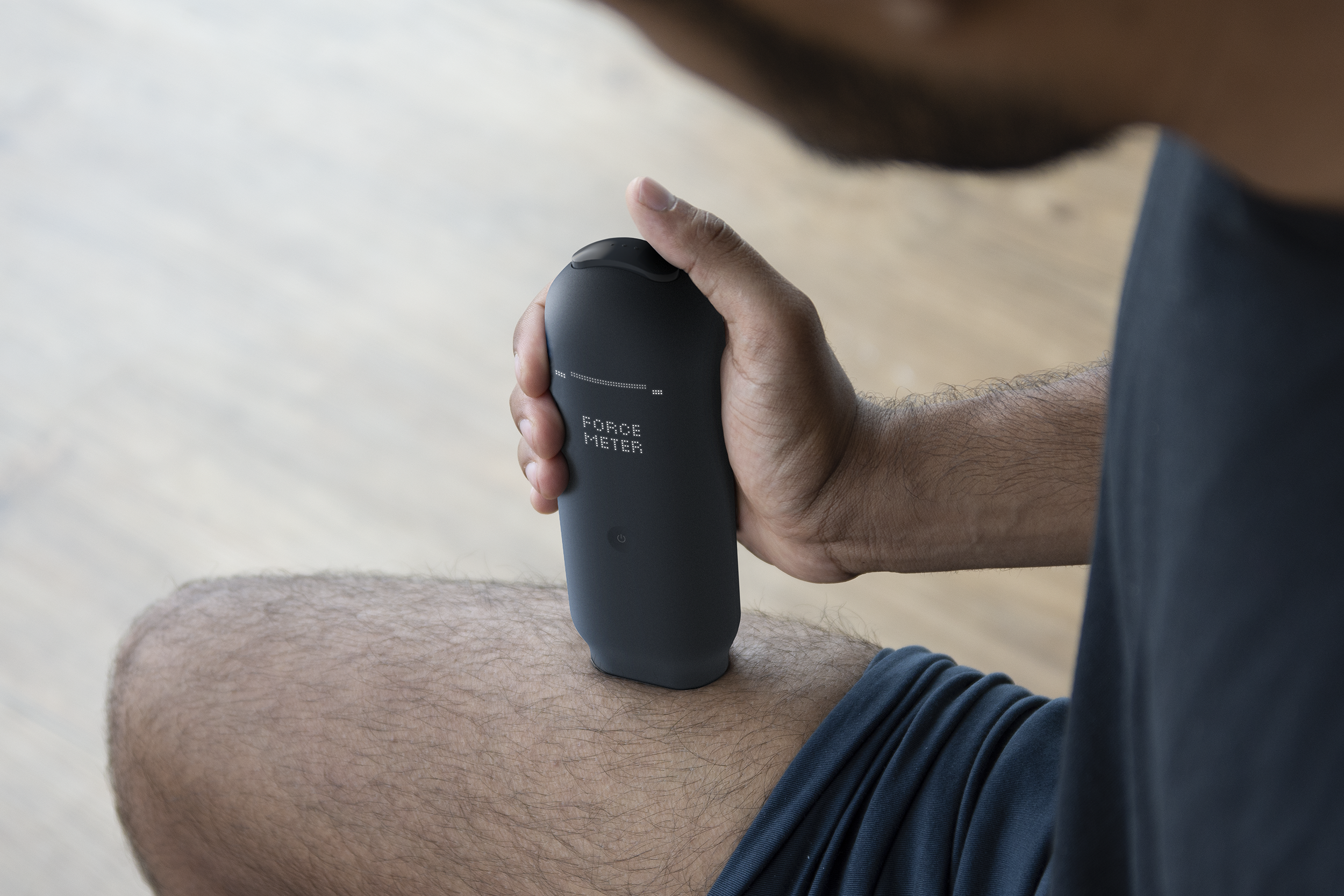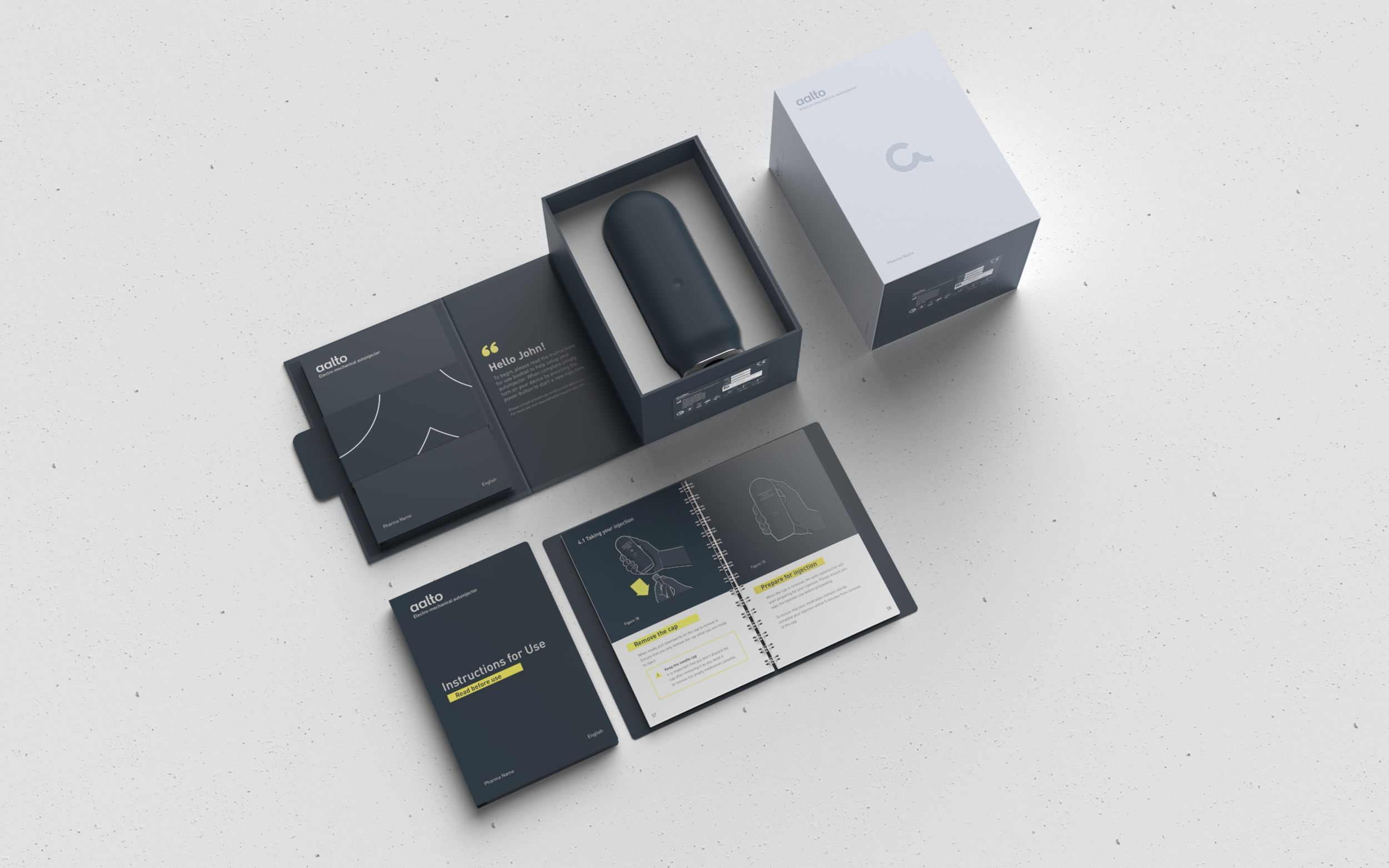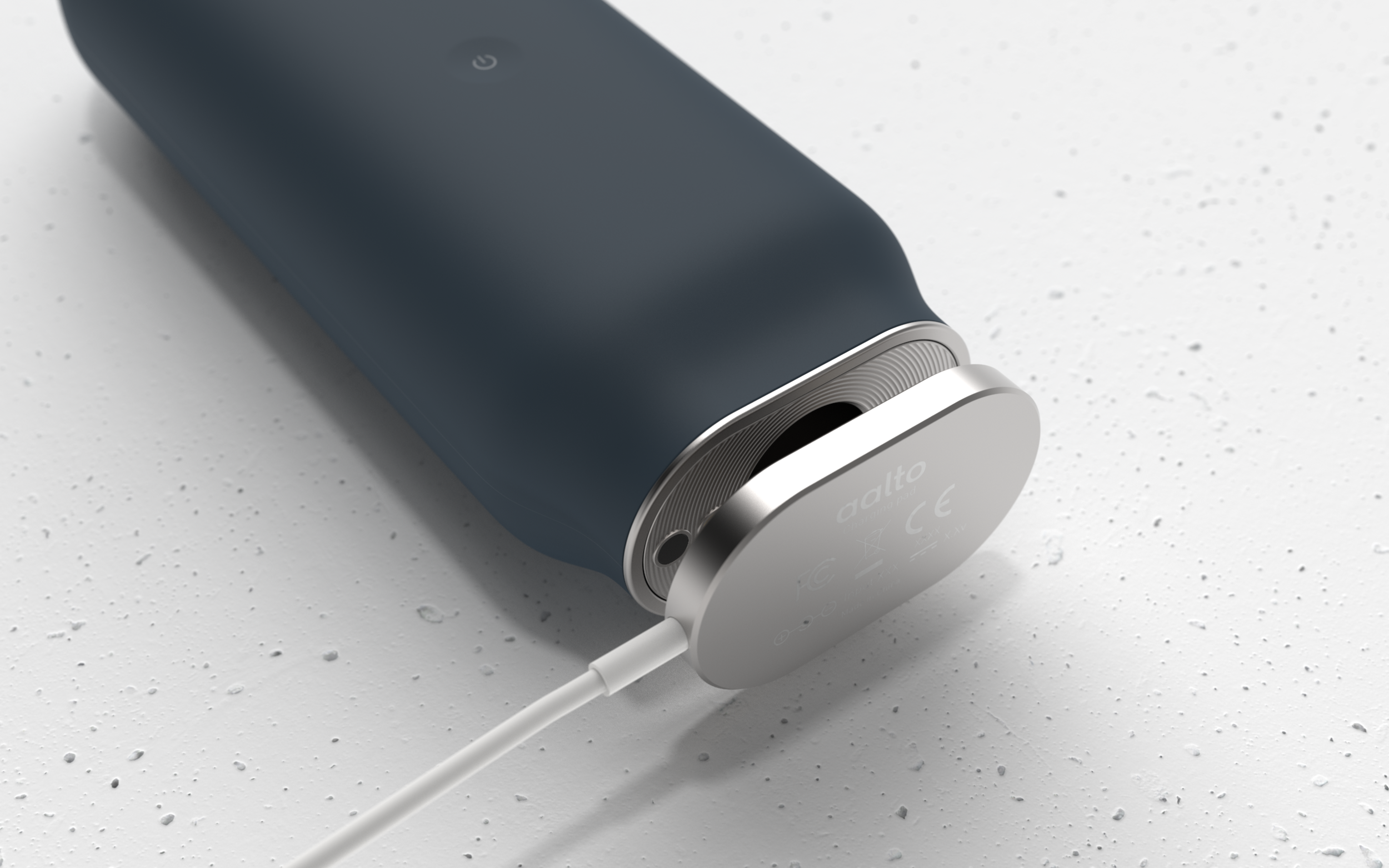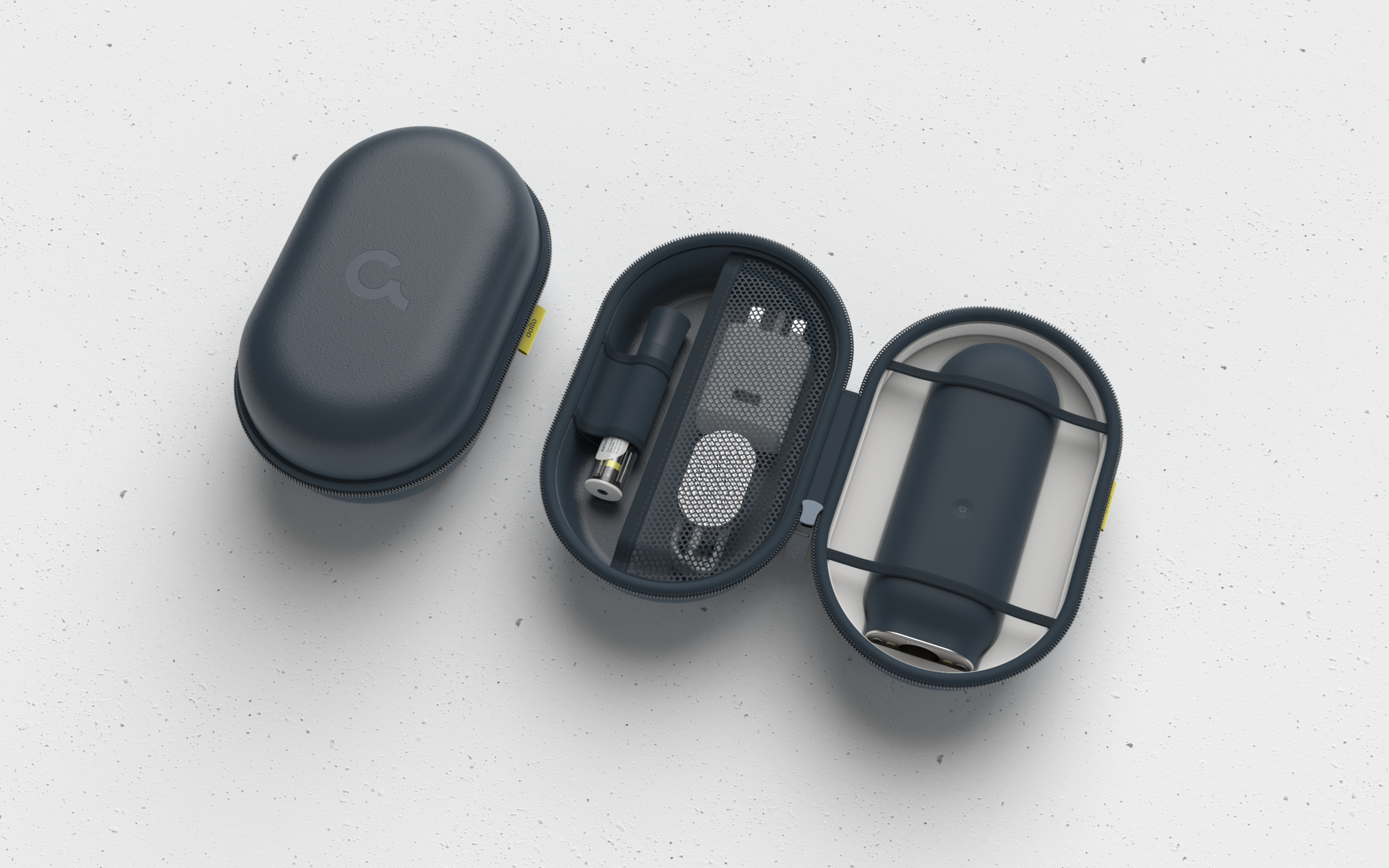AALTO
INTEGRATED DESIGN & BRAND EXPERIENCE
Work undertaken whilst an employee of Cambridge Consultants
In our increasingly complex and connected world, medical products are typically part of an ecosystem that includes numerous touchpoints, such as packaging, instructions for use (IFU), digital services and smartphone apps. Each of these touchpoints can have a significant impact on a patient’s experience and their perception of a treatment.
Unfortunately, many medical products are designed by disconnected development teams with little or no concern for the overall patient experience.
Symptoms of disconnected, disparate design can be seen in inconsistent aesthetics, icons, colours, language, fonts and most worryingly, interaction cues. Anecdotal evidence from testing products with users, indicates that a lack of harmony across product touchpoints leads to disjointed, confused and ultimately, poor patient experiences.
To design a harmonious patient experience design must be integrated across physical, digital, print and service touchpoints.
Designers, Engineers and Human Factors Engineers must work collaboratively to deliver a seamless design and brand experience as a key differentiator to grow and strengthen our client's businesses
To demonstrate our approach, we developed a fictional drug brand, targeted at patients suffering with a chronic disease affecting their mobility and quality of life. We then translated the brand into a design and user experience specification, to guide the development of a family of injectable devices.
The brand promise developed was ‘calmly delivering a healthy, more active lifestyle’. This aimed to relieve patients’ anxiety about self-injection but also to provide hope that the medication could improve their lifestyle.
Then, the brand promise was divided into the brand attributes that will provide the key principles to inform design and user experience.
Next, the brand attributes were translated into design attributes and signature details. Design attributes are constructed from multiple stimuli, which may include form, colour, surface finish, material, weight, typography and tone of voice. The construction of design attributes can be used to communicate a specific message and to create an emotional connection between the patient, product and brand.
Design concepts are evolved through sketching, 2D renderings and 3D prototypes, responding to technical, commercial and regulatory constraints.
Design concepts are evolved through sketching, 2D renderings and 3D prototypes, responding to technical, commercial and regulatory constraints.
The Aalto case study aims to demonstrate the benefit of integrated design across multiple levels and touchpoints to create a harmonious brand experience for improved patient outcomes.
